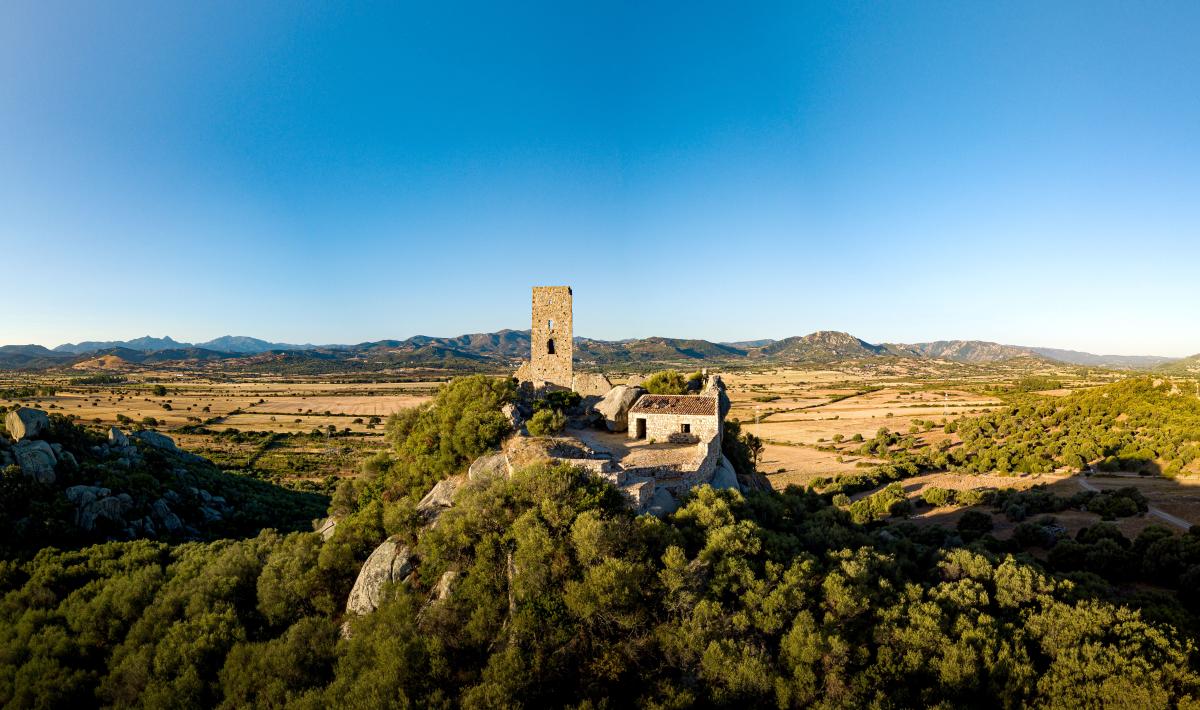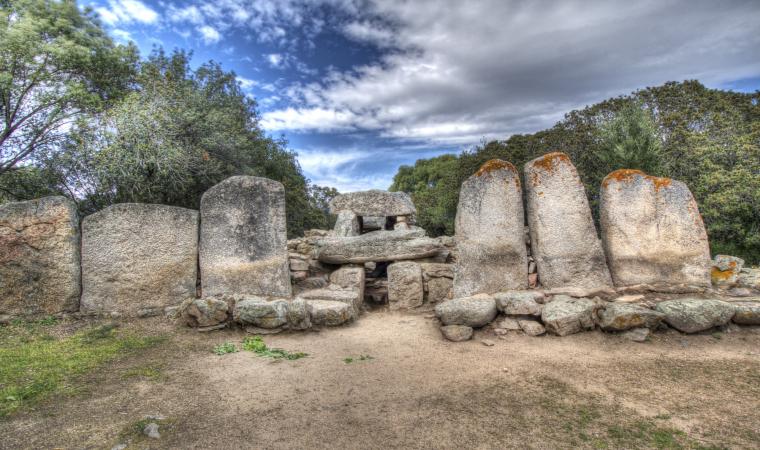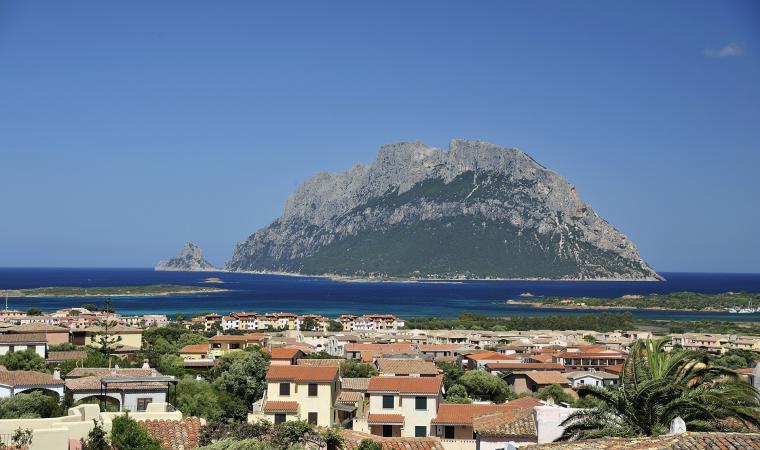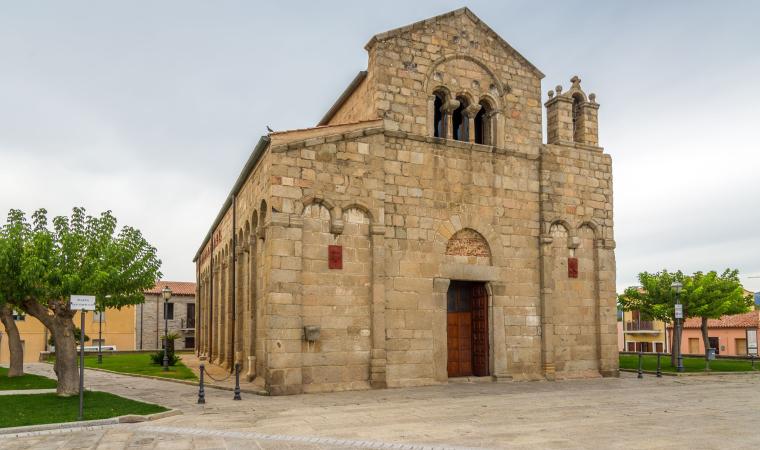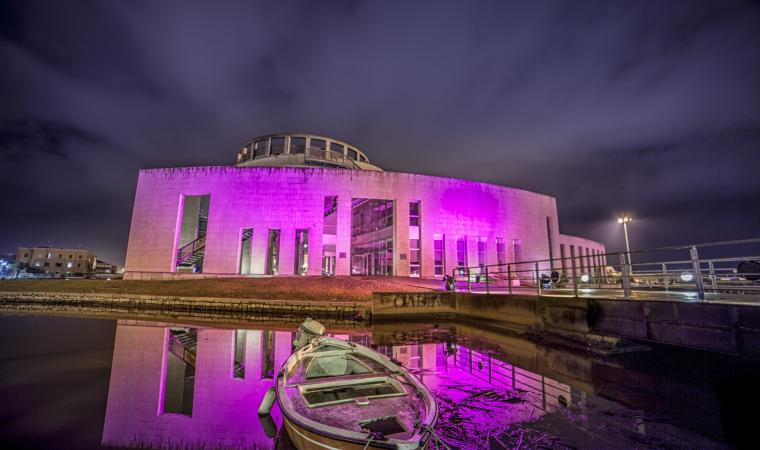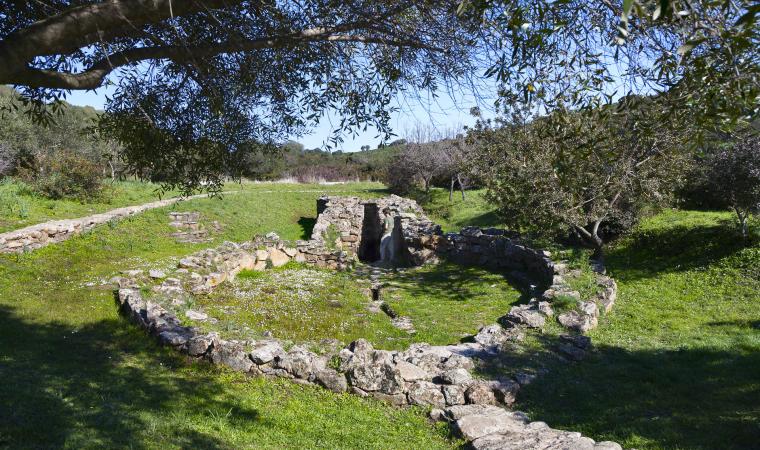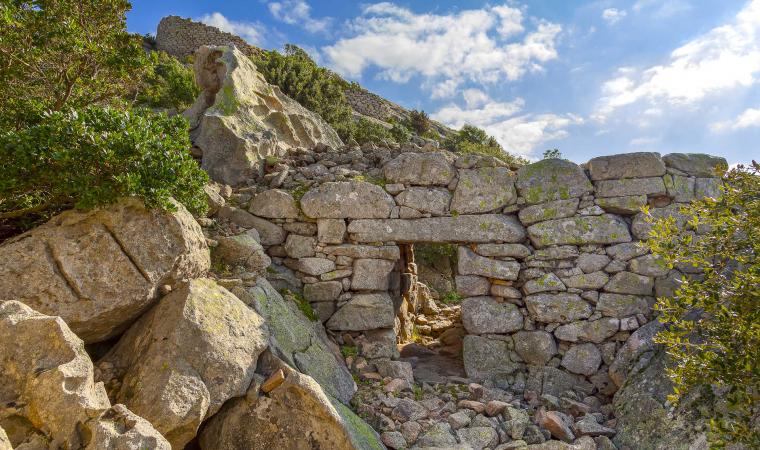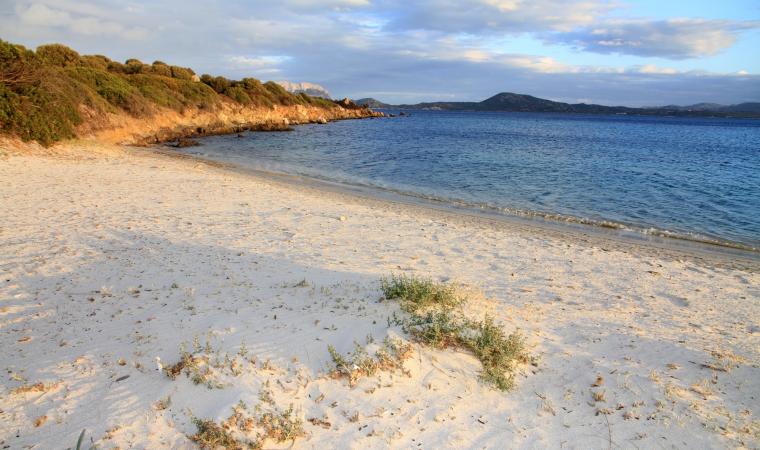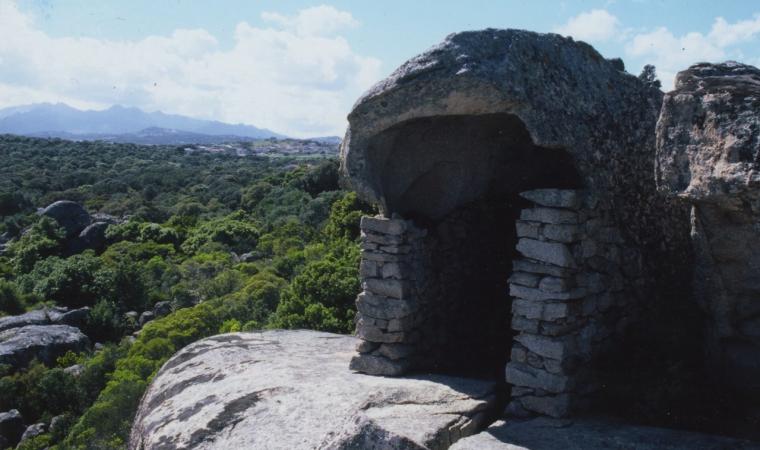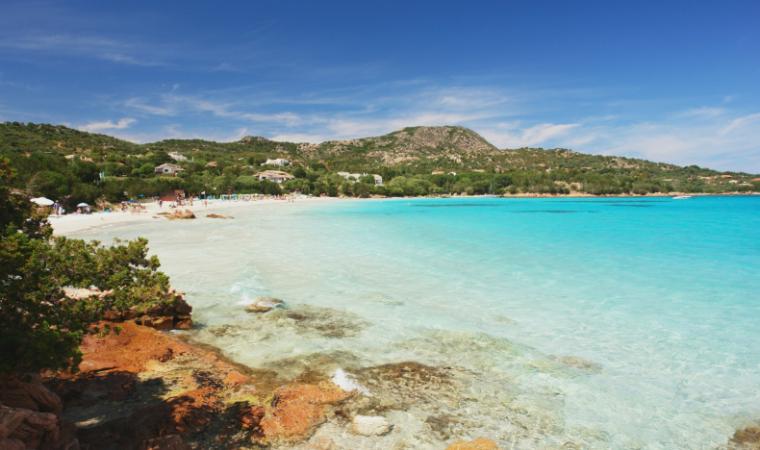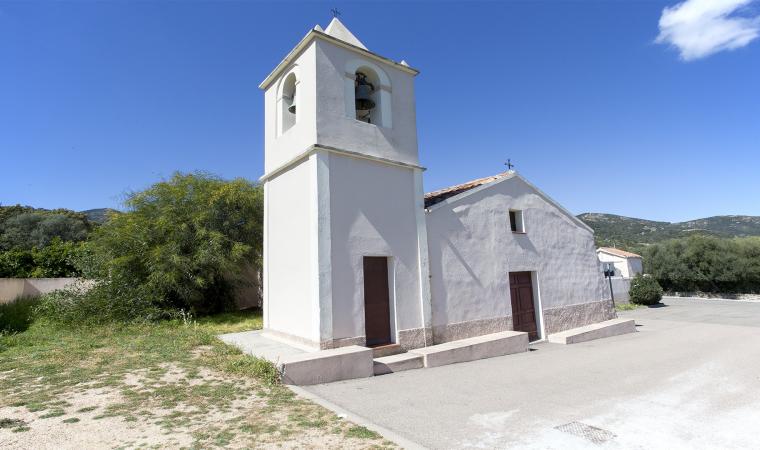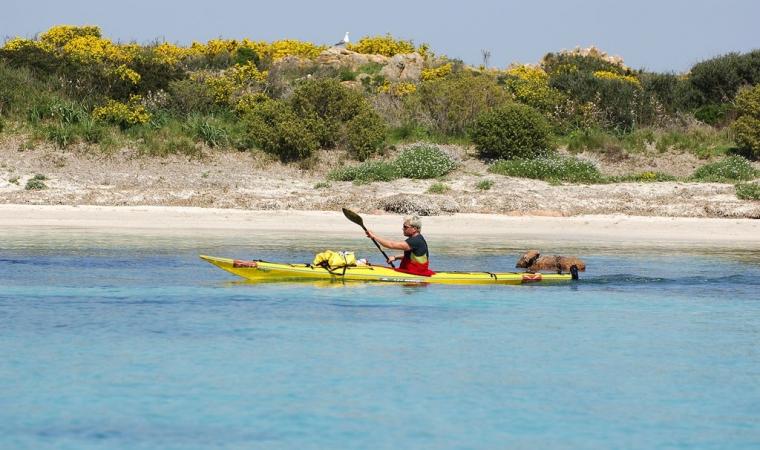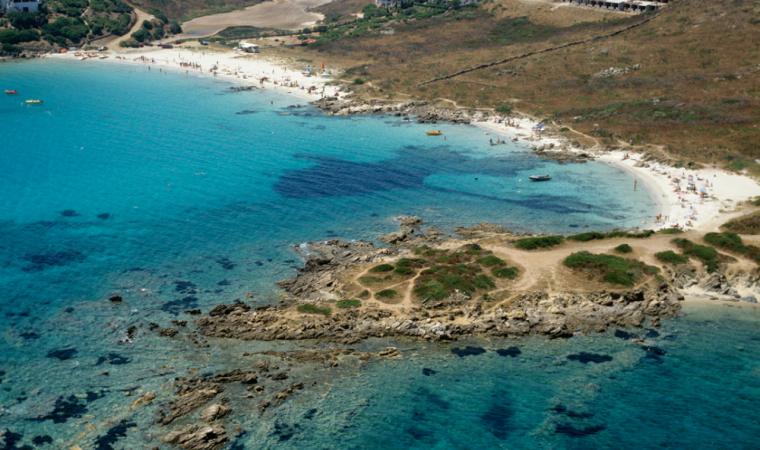Sought-after because of its strategic position, it bears witness to the historical period of the Judicates and the Pisan and Aragonese dominations. It is one of the symbols of Olbia and, along with the Basilica of San Simplicio, one of its most important medieval monuments. The Castle of Pedres stands on the top of a granite rock about 140 metres above sea level, five kilometres south of the town in the Gallura region. According to fourteenth-century sources, downstream, a few hundred metres south of the castle, there was a village called Villa Pedresa, which has now disappeared. It is assumed that the manor house was built in the thirteenth century, during the ‘dominion’ of the Visconti of Pisa. Around the middle of the 14th century, it was entrusted to the hospital friars of San Giovanni di Gerusalemme and it then passed into the hands of the Aragonese. It was later abandoned starting from the next century.
To go up to the castle, you can follow a path with a flight of steps built in recent times, following a route that may have been used by soldiers during the Second World War. Halfway along the path, you will see the ruins of a small watchtower built in the same period as the castle. At the top, you can admire the remains of the fortress: the keep has a quadrangular layout, with two remaining floors - out of four original ones - and is about ten metres high. It also has an underground cistern. The ‘surviving’ corner is formed by two sides that belong to a second cistern and traces of two rectangular rooms. The castle was surrounded by a double wall: the first enclosed a fortified area, where the garrisons were probably located; the second protected the keep.
On the right, you will notice another building. It dates back to the Second World War and may have been an anti-aircraft post, a casemate or a storehouse. Thus, structures built six hundred years apart coexist on the top of the rock. You’ll take another big leap in time by walking three hundred metres to the west: here, you’ll find the fascinating Giants’ Tomb of su Mont’e s’Abe, built in two phases: during the first phase - dating back to the Early Bronze Age (1800-1600 BC) - the tomb was built with a gallery grave; later on, it was transformed into a Giants’ Tomb, with a semicircular exedra, a corridor and a burial chamber.
The archaeological heritage of Olbia, which also includes the nuraghe riu Mulinu, the sacred well of sa Testa and the Roman villa of s’Imbalconadu, as well as evidence that is still visible in the town, is ‘narrated’ in the Archaeological Museum, on a small island next to the port. Speaking of the sea, after visiting the town, you really must spend some time on the splendid beaches of the Olbia coast, overlooking the island of Tavolara.

